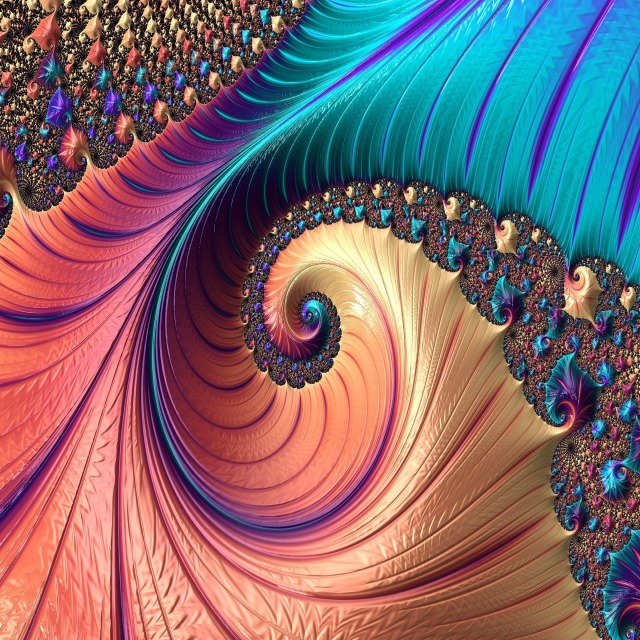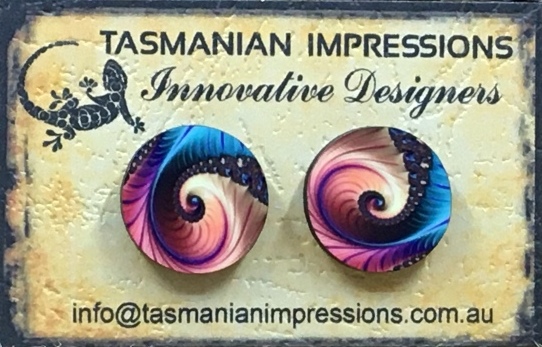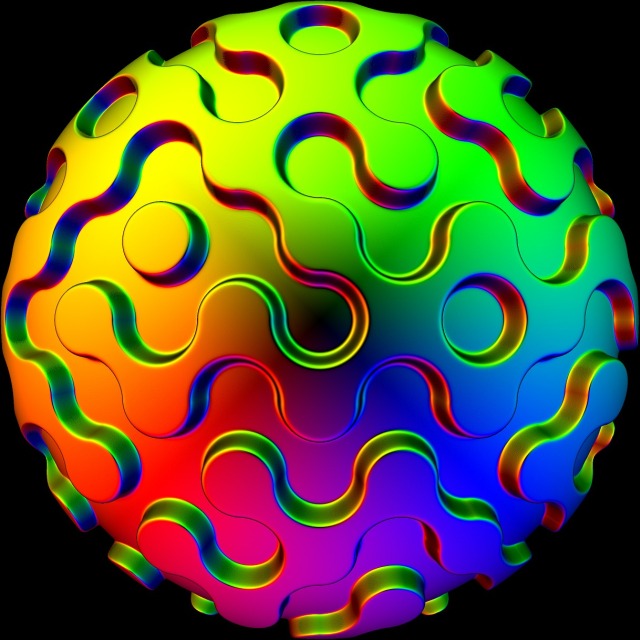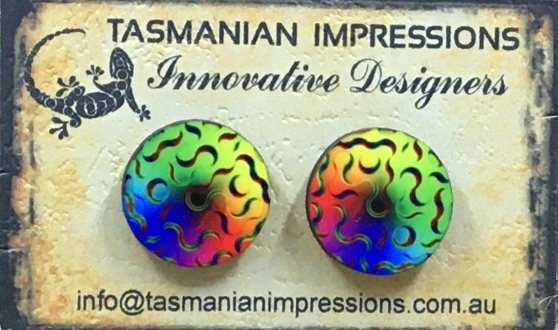THE WORLD OF FRACTALS
Researching images and designs to generate and create new ideas for our jewellery range, I accidently discovered the wonderful world of fractals. I found that many of the beautiful and amazing images which attracted my attention were in fact called Fractal Art and, at that time, I did not know anything about fractals.
Wanting to discover more, I tried to find a definition of a fractal and this became even more of a challenge since the world of fractals appears to be very complex and is implicit in many different disciplines. I discovered that:
· Fractals can be found in nature, science, technology, mathematics and art.
· A fractal is a never-ending pattern, which is repeated over and over again.
· Fractals are infinitely complex patterns that are self-similar.
· Scientists use fractals to measure and predict natural disasters.
· A fractal is a mathematical formula that repeats over a wide range of size and time scales.
· Fractal Art has been described as a graphical representation of a mathematical equation.
The more information I obtained only added to the complexity of trying to understand fractals but I will attempt to explain, albeit somewhat simplistically, and please note that any errors are entirely mine!
Remember when at school you had geometry classes and it had a lot to do with specific shapes? These shapes could be squares, rectangles, circles , ovals and so on; and included measurements which allowed you to calculate volume and areas. Fractals are also a form of mathematics known as fractal geometry. This is quite different to the usually accepted geometry because the shapes associated with fractals do not fit within the usually accepted shapes.
Now let’s have a look at fractals in nature, specifically noting the fact that it is extremely rare to find any straight lines in nature. As this is the natural world in which we all live, it means that our world and nature has very few traditional shapes and are primarily made up of fractals.

Imagine the shape and the intricacy of a fern frond (a never-ending pattern which is repeated over and over again.) Each branch is made up of smaller branches with even smaller leaves which appear as miniature reproductions of the main plant. (infinitely complex patterns that are self-similar). Note that the frond does not conform to any traditional geometric shape. These are the clues which determine that the fern frond is, in fact, a fractal. Note also that the intricacy in design is incredibly beautiful and that this is only one small individual example which can extend to and probably beyond the structure of the universe!
I started to specifically focus on fractal images as I wanted to use some of these fantastic images in our jewellery range. I usually purchase original images from authorised stockists or download images from the internet that are free to use commercially. These are usually images that have attracted my attention because of the intricate beauty in the design. Sometimes I use the original designs without too many changes, otherwise I can modify the original designs to distort, stretch, twist or mirror to re-create my own design concept.
So, without wanting to complicate things too much, perhaps the easiest way of demonstrating the use of fractal images in our new earring range, is to show a couple of images and the process:




For further reading, a very ‘easy to read’ and comprehensive overview of fractal art, can be located by using the following links to access more information.
Seattle Fractal Digital Art website.
Home Page http://fractalarts.com/SFDA/index.html
What are Fractals? http://fractalarts.com/SFDA/whatarefractals.html
Can also check out….. https://theconversation.com/explainer-what-are-fractals-10865
for more detailed information on the fern frond and other comparisons.
Wishing you lots of fun in the Wonderful World of Fractals !!